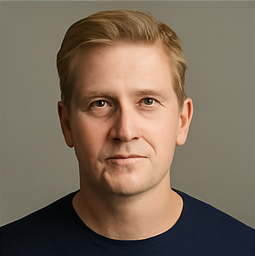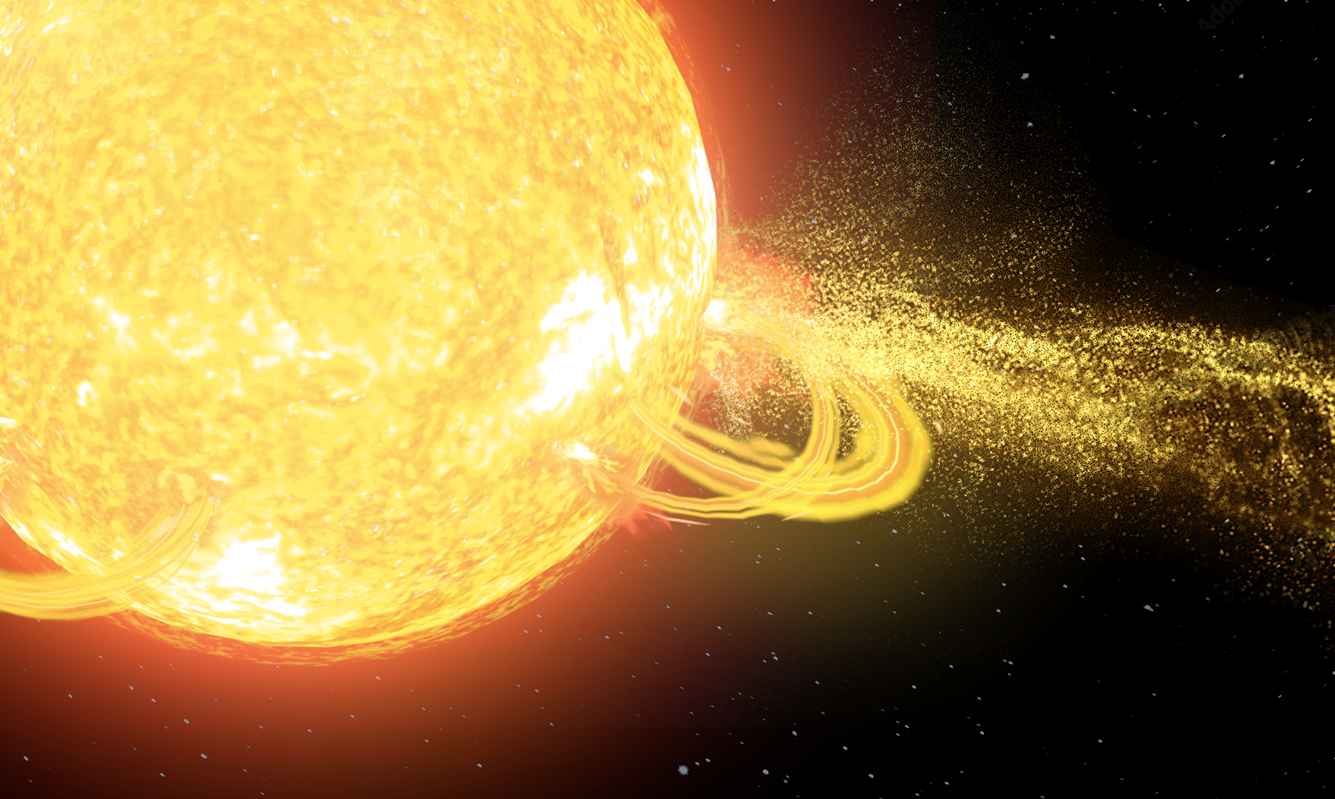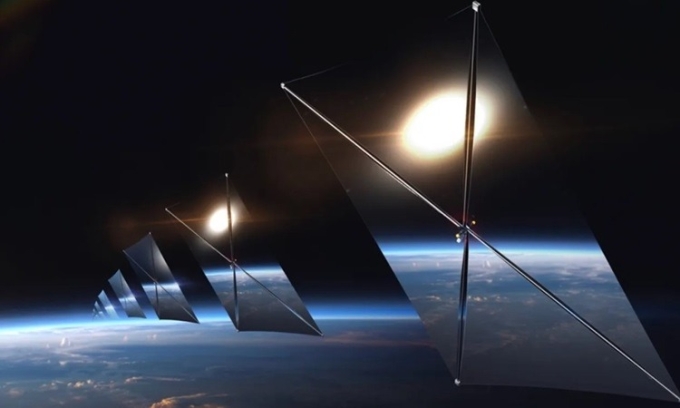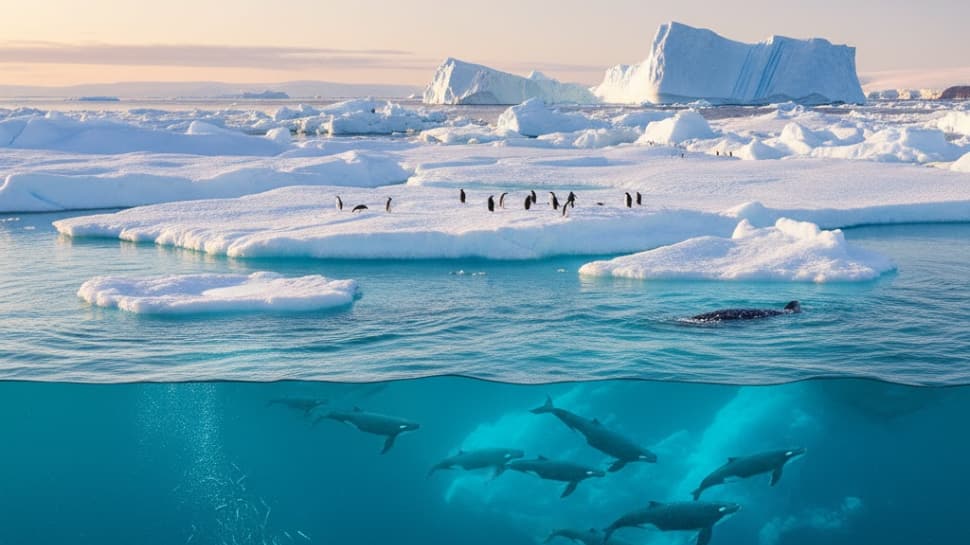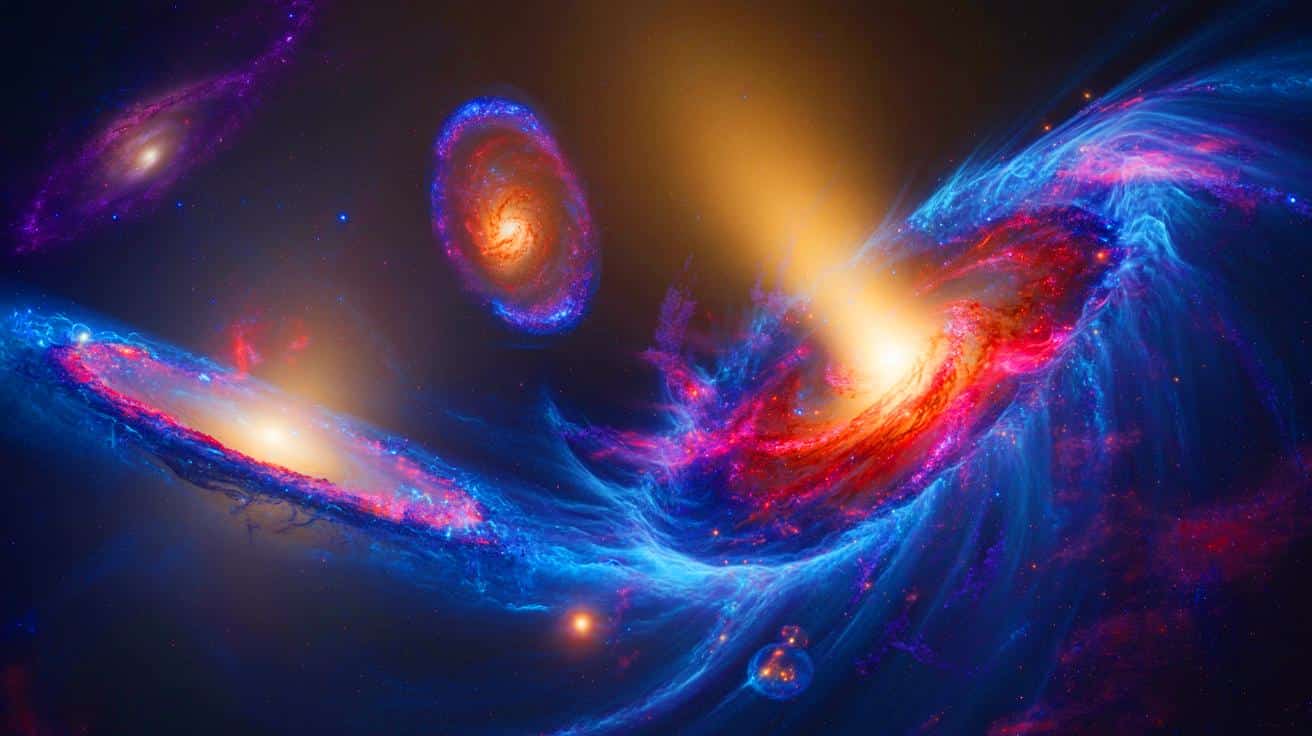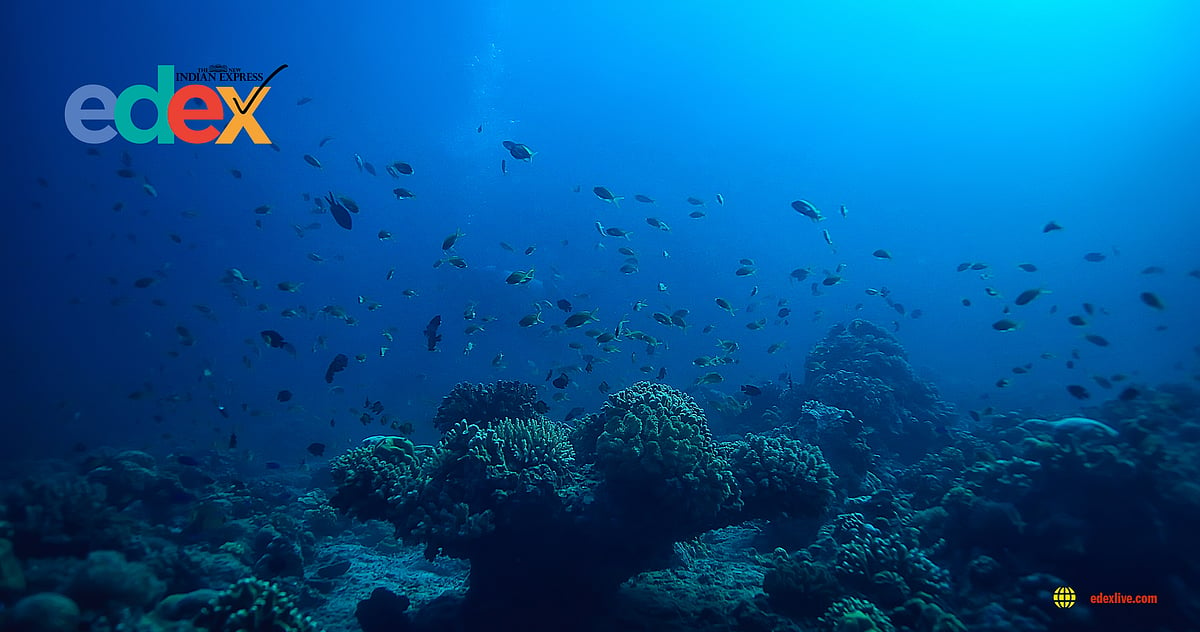Revolutionary Fossil Discovery Unveils Secrets of Human Childhood Evolution!
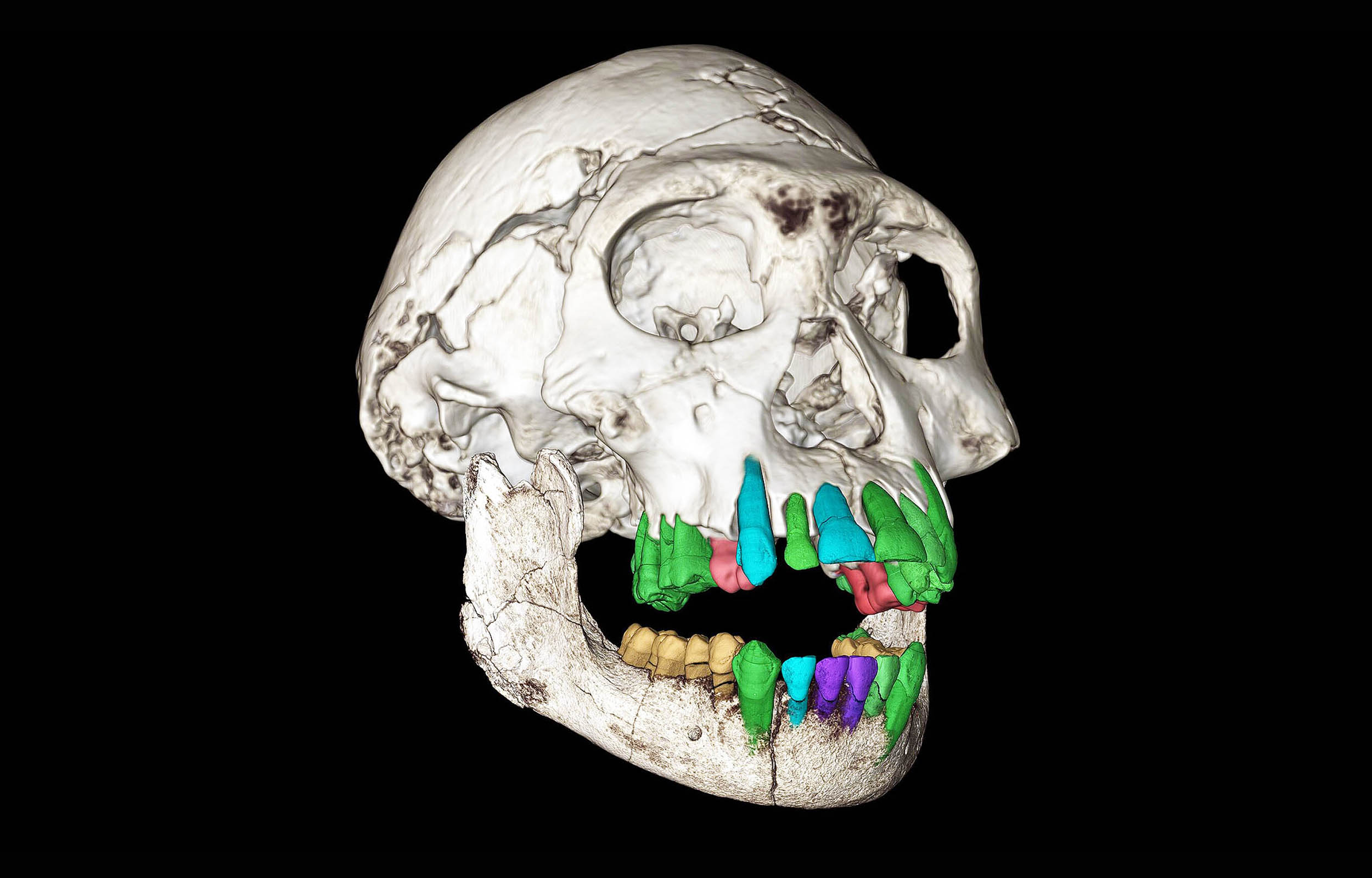
Did you know that our childhood is far longer than that of any other primate? While most animals are ready to fend for themselves shortly after birth, humans take years to mature, relying heavily on a tight-knit community for support. This extraordinary aspect of our development has shaped our ability to thrive in complex social environments, but recent findings from Georgia's Dmanisi site could change everything we thought we knew about childhood evolution.
Imagine a fossil over 1.7 million years old, shedding new light on how we grew up! Researchers have long linked our extended childhood to the high energy demands of our large brains. However, the newly discovered remains of near-adult Homo fossils reveal that there's much more to the story. Could it be that our prolonged maturation process played a crucial role in cultural learning instead?
Leading the investigation, Christoph Zollikofer from the University of Zurich shared that these fossils challenge the traditional “big brain – long childhood” narrative. By employing advanced synchrotron imaging techniques on dental microstructures, researchers have gained unprecedented insights into ancient human growth patterns. Teeth are nature's time capsules, much like tree rings, recording the growth phases of these ancient beings.
In a groundbreaking study that began in 2005 and spanned nearly two decades, scientists discovered something astonishing: the dental development of this early Homo was not what they expected. Instead of resembling either great apes or modern humans, it showcased a unique pattern with faster molar crown growth, indicating a different kind of maturation.
Analysts tracked growth from birth to death without damaging the fossil. The results revealed that this individual died between the ages of 11 and 12, already growing wisdom teeth—similar to great apes, but not quite what we see in modern humans. Researchers also noted that early Homo children likely depended on adult support longer than their great ape cousins, suggesting that these early humans may have experienced what could be termed the first evolutionary experiment of prolonged childhood.
The findings also unveiled community dynamics: a skeleton found at Dmanisi belonged to a much older individual who survived without teeth, cared for by others. This illustrates how vital communal responsibilities were in shaping societal norms. With multi-generational groups working together, knowledge about tool use, food processing, and coordination was continually passed down, fostering cultural growth.
What does this mean for the evolution of humanity? The researchers propose that extended childhood may have emerged first, leading to social learning and cultural transmission that ultimately drove brain expansion. As children absorbed knowledge from older generations, the evolution of delayed adulthood and a larger brain size became favorable traits. This dynamic may have allowed for more learning during childhood while adapting to limited food resources.
In essence, the fossil evidence from Dmanisi emphasizes the importance of social networks in shaping not just our childhood, but the very core of what it means to be human. As researchers continue to explore this transformative period, we may find that understanding our extended childhood could redefine our grasp of what it means to be Homo sapiens.
The full study detailing these remarkable findings has been published in the journal Nature.

